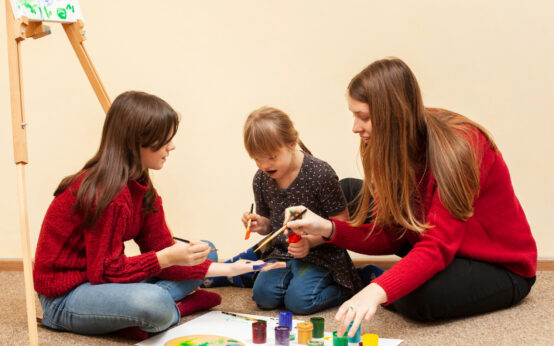Introduction
Exploring the intricate realm of autism, it’s evident that children and teenagers on the spectrum frequently display behaviors like obsessions, rituals, and adherence to routines. Grasping the nuances of these behaviors, which can differ in both intensity and frequency, is imperative for parents and caregivers. This article delves into a comprehensive understanding of obsessions, rituals, and routines in the context of autism, shedding light on their potential benefits for individuals on the spectrum. Additionally, practical strategies for effectively managing these behaviors will be discussed. Let’s delve into the details of Obsessive Behavior, Routines, and Rituals in Children and Teens with Autism.
Obsessions
Autistic children and teenagers may develop intense and focused interests in specific toys, activities, or topics. For instance, younger children might collect items like twigs or balls, while older children may delve deeply into subjects such as trains. These interests can vary in duration, lasting for weeks, months, or persisting into adolescence and adulthood.

Rituals
Rituals are common among autistic individuals, manifesting as specific behaviors or preferences. This may include keeping favorite objects in designated places, adhering to bedtime routines, or using particular cups. Rituals can provide a sense of control and comfort, especially in the face of change or transitions.

Embrace the unique rhythm of each child’s world, where understanding becomes the melody, and managing obsessions, rituals, and routines becomes the artful dance that nurtures the harmony of their growth.
Barry M. Prizant
Routines
Autistic children and teenagers often find solace in routines, preferring consistency in daily activities like eating, sleeping, or leaving the house. Deviations from established routines can be distressing for them, emphasizing the importance of maintaining familiar patterns.

How These Behaviors Help
While the exact cause of obsessive behavior, rituals, and routines is not fully understood, they can serve various purposes. Special interests can be a source of enjoyment, and these behaviors can help manage stress and anxiety. Autistic individuals may use obsessions and rituals to exert control over their surroundings, particularly when faced with sensory sensitivities or challenges in planning.
Handling These Behaviors
Parents and caregivers may choose to live with this obsessive behavior or explore ways to manage them effectively. Before initiating any changes, it’s crucial to assess how the behaviors impact the child and family. Questions such as whether the behavior affects learning, social life, or day-to-day activities can guide decision-making.

Strategies for Managing Behaviors
- Assess Developmental Level and Communication Skills: Consider your child’s developmental level and communication skills before developing a management plan. Facilitate effective communication by ensuring that your child comprehends and can adhere to instructions.
- Identify the Root Cause: Determine whether the behavior is sensory-related or if it stems from anxiety. Addressing the underlying cause can contribute to behavior reduction.
- Set Limits: If the behavior doesn’t have a negative impact but you wish to decrease it, consider setting limits. For example, allocate specific time slots for discussing special interests.
- Positive Outlets: Encourage positive outlets for obsessive interests, such as creating a scrapbook for a specific topic.
Seeking Professional Help
For more comprehensive assistance, consult experienced professionals, including pediatricians, psychologists, or school support staff. These experts can offer invaluable insights and personalized guidance that cater to the specific needs of your child.
Conclusion
Successfully navigating the realm of obsessions, rituals, and routines in autistic children and teenagers demands patience and careful consideration. By adopting tailored strategies and seeking professional help when needed, parents and caregivers can support their child’s unique needs while fostering a positive and enriching environment.







